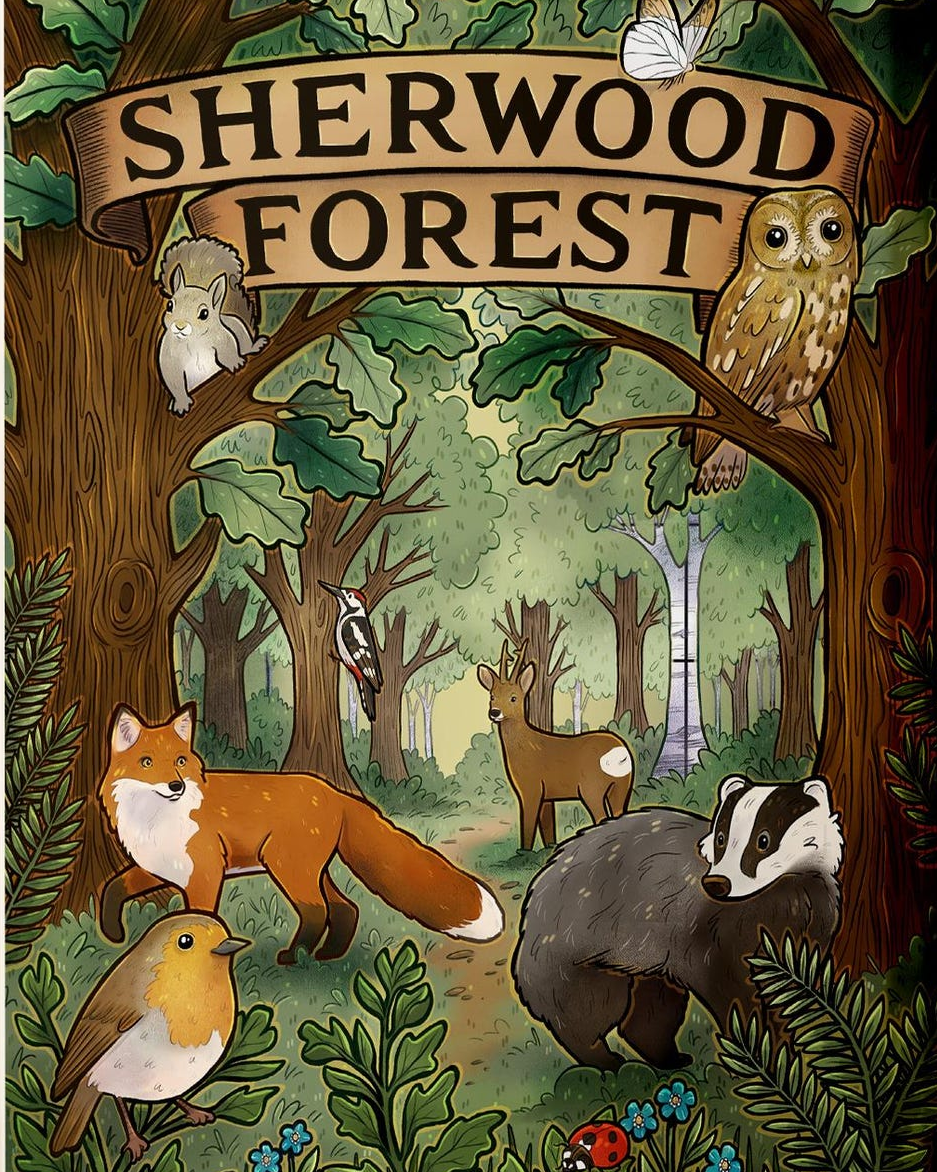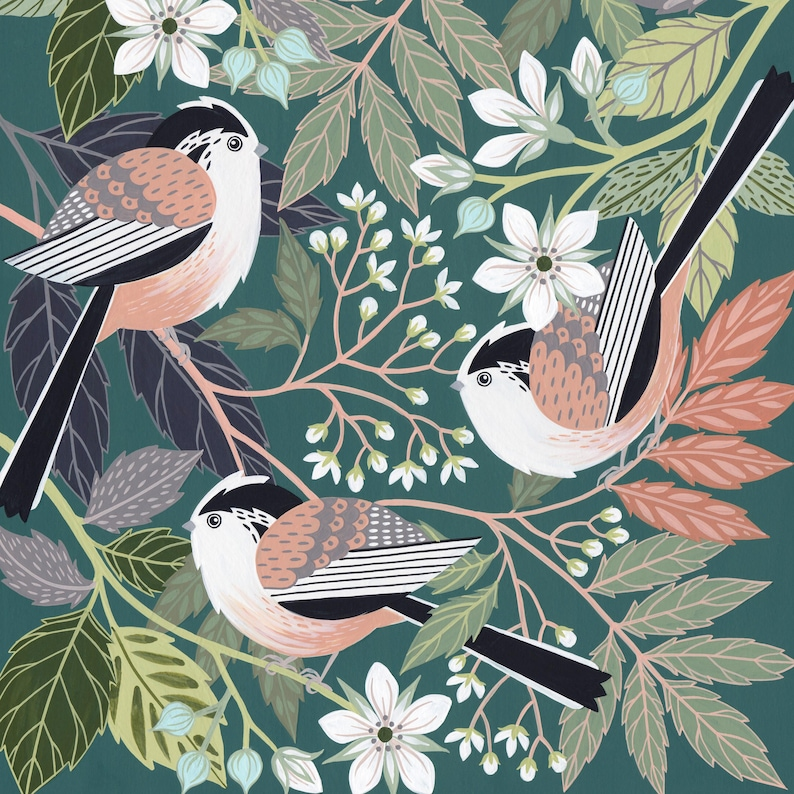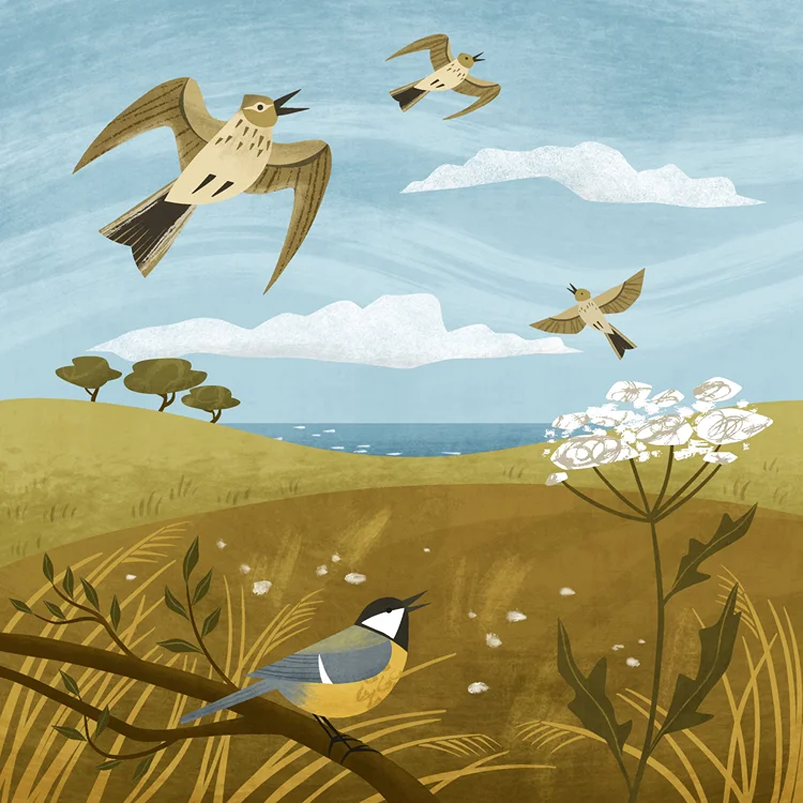Discover Where To Find England’s Oldest Trees

England’s ancient trees are like pages from a very old book that is still growing. These quiet giants link the present with the distant past. They have watched people come and go, wars break out, and traditions form. Some have inspired myths and legends, while others have stood at the heart of communities for generations.
England’s oldest trees are not only remarkable for their age but also for the stories woven around them. Each one stands out for its unique character, history, and the life that flourishes in its shade.
For dog-friendly parks, keep them away from all bulbs and conkers, so they enjoy the parks as much as you!
Did you know many trees (including yew, oak and sycamore) are unsafe near horses?
Bowthorpe Oak
The Bowthorpe Oak in Lincolnshire is a true local landmark. With a massive trunk that’s over 13 metres around, it looks like something from a fairy tale. Experts believe it could be 1,000 years old.
For centuries, people have gathered under its boughs. The hollow inside the trunk has hosted meetings, parties, and even the odd wedding. Locals treat it like an old friend, visiting regularly to see how it’s holding up.
Other ancient oak trees are Marton Oak (Cheshire) and King Offa’s Oak (Windsor). Both of these are sadly in their dying days, with much of the wood split (they are both on private land, so cannot be viewed by the public).
The Cubbington Pear Tree
This was England’s second-oldest pear tree (over 250 years old), in Warwickshire. This was legally felled, in order to make way for the disastrous HS2 high-speed rail project, that will kill around 22,000 wildlife yearly if built, compared with similar projects abroad.
Barn Owl Trust says that HS2 is a ‘very expensive way of killing owls’, that environmentalists say will do nothing to halt climate change (some planned stations are for airports?) It would be far better to invest the colossal amount of money in better public transport and better stations and rolling stock for rural and neglected areas of England.
Again, this tree (which was felled despite huge protests by local people) appears to be springing back to life from its shoots. Perhaps these trees have something to teach those who seek to control and destroy nature, in the name of ‘progress’.
The Sycamore Gap Tree

One of England’s best-known oldest trees was Sycamore Gap tree (which stood in a dip next to Hadrian’s Wall) was recently cut down in an act of eco-vandalism.
Situated in the wonderfully-named village of Once Brewed, the stump has recently sprung eight new shoots, a hopeful sign of coming back to life.
Theories on why this beautiful tree was destroyed with a chainsaw are mystifying. From grudges to social media pranks. The culprits were recently arrested, no doubt regretting their initial defence that ‘it was only a tree’.
Sycamore Gap is more than a scenic spot. People from across England beyond know it as the home of the famous “Robin Hood Tree.” Sitting alone in a dramatic dip along Hadrian’s Wall, it was one of the most photographed trees in the world.
The Fortingall Yew
Although the Fortingall Yew stands just across the border in Scotland, it’s estimated to be 2000 to 5000 years old, depending on who you ask.
Folklore surrounds the Yew, which has grown in churchyards and been part of rituals since pre-Christian times. Its precise age and location have caused debate, but there’s no doubt that its enduring presence has shaped countless stories.
How Trees are Aged and Protected
Estimating a tree’s age isn’t always simple. Experts use several methods:
- Measuring the trunk’s size and growth rate.
- Studying old maps and records.
- Analysing core samples, where possible, to count growth rings.
Organisations like the Woodland Trust champion these ancient trees. They create inventories, run conservation projects, and raise public awareness. Efforts include fencing off roots, managing diseases, and encouraging sustainable tourism, to prevent further loss.
Ancient Trees as Habitats
Ancient trees support many rare species. Their hollow trunks shelter bats and owls. Beetles, fungi, and lichens thrive on their bark. Dead wood attracts hungry woodpeckers, while the canopy gives refuge to nesting birds.
Without these old trees, many plants and animals would struggle to survive.
Where to Find the Oldest Trees in London

The city of London has apparently more trees (around 8 billion) than people. So it’s officially classed as a forest, rather than a city!
Many trees have been around for hundreds of years, and have stories to tell! Old hardwood trees can live a very long time, and many of London’s trees are several hundred years old. Let’s meet the oldest trees of them all!
London trees don’t just beautify the area, they also give out oxygen and take in carbon dioxide. And in a city especially, help to reduce heat island effect (rising temperatures due to smog and climate change).
The Berkeley Square Plane Tree, Mayfair
This tree is located in a quiet park in Mayfair. And unlike the property owners, you don’t have to be a billionaire to view it! This large tree is one of the oldest in central London, believed to have been planted in 1789.
Its branches and leaves are now so big and thick, they provide natural shade to visitors, until they drop in autumn. Not just calming to humans, but wild birds love this tree for building safe cosy nests for their chicks.
The Hardy Tree, King’s Cross
This tree sadly is no longer with us, as it finally died of old age and disease in 2022. But it’s worth remembering. A big ash tree that had stood for so long in the grounds of St Pancras Old Church, that it was surrounded by ‘a circle of old gravestones’ leaning around its trunk.
The tree was so-called, due to the famous writer Thomas Hardy. Before that, he worked as an architect’s assistant, and it was he who began to stack rows of headstones around the trunk of an ash tree!
He did this, after being told to ‘move graves out of the way’ due to a train line being built. As the tree grew, the roots wrapped around the graves, as if to protect them.
In the 1860s, a train line was coming through. Workers had to move graves out of the way. Hardy’s job was to organise this work. He placed the extra gravestones around the tree. Over time, the tree grew and wrapped its roots around them. The stones and tree became mixed together.
Queen Elizabeth Oak Tree, Greenwich
This tree is believed to be over 800 years old (named after Queen Elizabeth I, not our recently deceased monarch). It’s believed that she may have rested here, when visiting the park.
This tree has seen a lot of monarchs come and go, standing quietly as history passes through. The oak tree has also played an important part in nature, by giving homes to birds, insects and small mammals for centuries.
The Royal Oak, Richmond Park
This is a big old tree that many believe may be the oldest tree in London (at least 750 years old). Again, monarchs would visit here many moons ago.
Birds love this tree, as do resident deer in Richmond Park. It’s lovingly looked after by park staff, to ensure it remains a peaceful oasis, for the rest of its life.
The Totteridge Yew, North London
This tree sits in the hard of St Andrew’s Church, some say it could be over 1000 years old! Some even say 2000 years old!
Located in a village, the old tree’s trunk is now split (you would be a bit ragged too, if you were this old). But the tree is still alive and growing shoots.
Yew trees (which are toxic to most creatures) grow slowly with hollow trunks, but seem to live longer than most trees.
The Wood Street Tree, Cheapside
This plane tree (London’s most common species of tree) grows where a church once was (called St Peter Cheap?) The church was destroyed during the Great Fire of London in 1966. And later bombs rained down during World War II. Yet still this tree remained.
Surrounded by walls and busy roads, the tree kept on living in its small space. And today many people still admire it, as they walk past. It’s not just a tree, but a symbol of strength and resilience, to never give up. And that life continues, even when things get rough.






